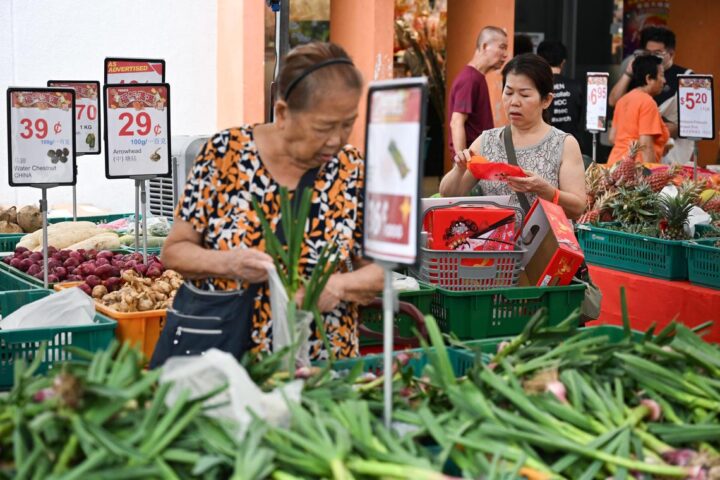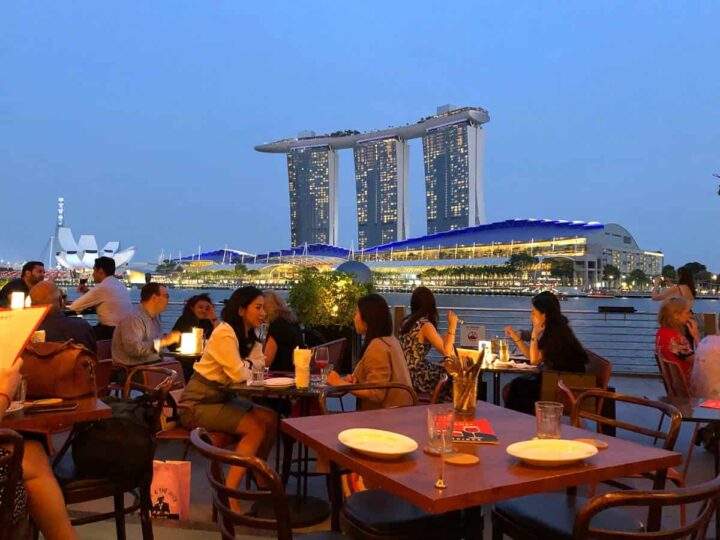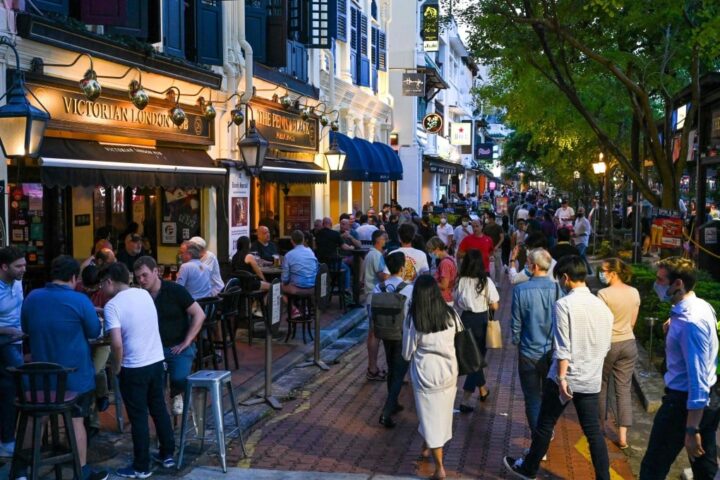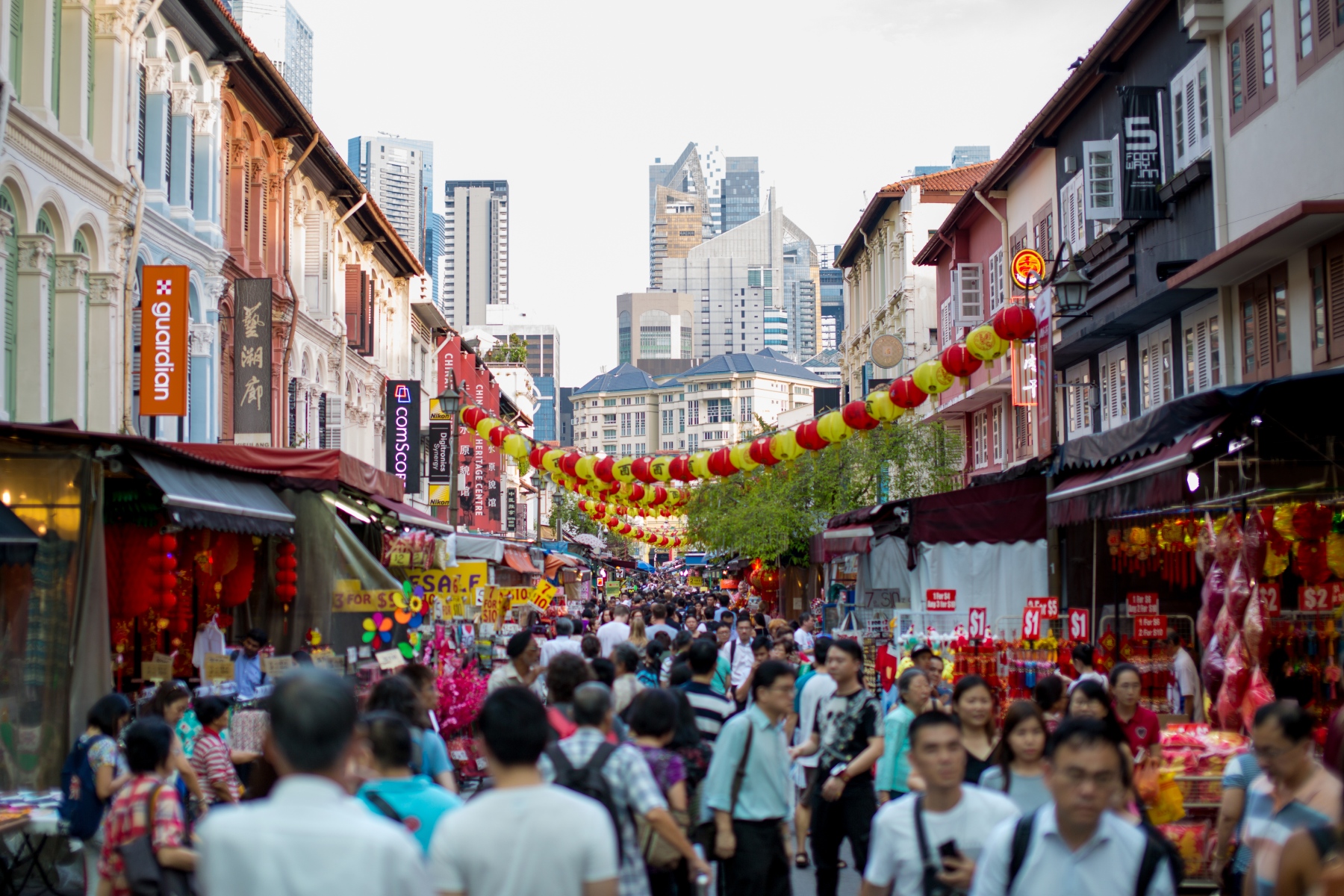Relocating or planning a long-term stay in Singapore often comes with one big question: how much will day-to-day life really cost? The city is known for its efficiency, safety, and modern lifestyle, but also for having one of the highest living expenses in Asia.
In 2025, the cost of groceries, rent, dining, and transport remains central to anyone budgeting for life here. This guide breaks it down clearly so you know exactly what to expect—and where your money will go.
Grocery Prices and Daily Essentials
Singapore’s grocery market reflects its role as a global trade hub. Local produce and basic pantry staples are affordable, especially when purchased from neighborhood wet markets or discount supermarket chains like FairPrice. A week’s worth of groceries for one person can range from SGD 60–90 if sticking to local foods such as rice, chicken, eggs, leafy greens, and tropical fruit.
Where costs rise is in imported items. Cheese, berries, or Western-brand cereals often cost two to three times their U.S. or European equivalents. For families that enjoy international cuisine at home, grocery bills can climb to SGD 500–700 per month.
A basket of essentials in 2025 might look like this:
- 1kg of rice: SGD 2.50–3.00
- 12 eggs: SGD 3.80–4.20
- 1L milk: SGD 3.20–3.80
- 500g chicken breast: SGD 6.00–6.50
- 1kg apples (imported): SGD 5.50–6.20
Those who mix local staples with occasional imported goods will see the best balance between variety and cost.

Housing and Rental Market
The single largest expense in Singapore is housing. Rental prices vary dramatically depending on whether you choose public HDB flats, mid-tier condominiums, or high-end private residences.
Typical Rental Ranges in 2025
- HDB flat (3-room): SGD 2,200–2,800/month
- Mid-range condo (2-bedroom): SGD 3,800–5,500/month
- Luxury condo or serviced apartment: SGD 6,500–10,000+/month
For expatriates and professionals, private condominiums offer amenities like gyms, pools, and security. Residences such as Penrith illustrate how new developments cater to those seeking both convenience and a premium lifestyle, often located near MRT stations and central business districts.
Proximity to good schools, expat-friendly neighborhoods, and easy transport access all influence rent. Areas like Orchard, Holland Village, and Marina Bay command higher prices, while suburbs such as Woodlands or Jurong remain more budget-friendly.
Dining Out ─ Hawker Meals vs. Restaurants
One of the perks of living in Singapore is the sheer range of food options. Locals and expats alike rely on hawker centres – open-air food courts serving everything from laksa to chicken rice, for affordable meals.
In 2025, a hearty hawker meal with a drink averages SGD 5–7, meaning you can comfortably eat out daily without breaking the bank.
Mid-range restaurants, however, change the equation. Dining at a casual café may cost SGD 25–40 per person, while fine dining easily reaches SGD 100+ per head. Alcohol adds significantly to the bill, with a pint of beer in a bar costing SGD 12–16.

Smart Approach
Many expats balance hawker dining during the week with the occasional restaurant meal. Families may find that cooking at home combined with affordable hawker meals keeps monthly dining costs manageable at SGD 600–1,200.
Transport Costs and Commuting
Singapore’s transport system is designed for efficiency. The bus and MRT networks cover nearly the entire island, making public transport the best option for most. In 2025:
- MRT single ride: SGD 1.40–2.50 depending on distance
- Monthly pass (unlimited): around SGD 120
- Grab/taxi ride (5km): SGD 12–16
Private car ownership remains one of the most expensive in the world, largely due to the Certificate of Entitlement (COE) system. With COEs in 2025 hovering above SGD 100,000 for a ten-year permit, cars remain a luxury for the wealthiest.
Cycling infrastructure continues to improve, making bicycles and e-scooters a practical option for short commutes. Many new residential developments are designed with this in mind.
Lifestyle Costs ─ Balancing Comfort and Budget
Life in Singapore isn’t just about necessities – it’s also about lifestyle choices. Gym memberships average SGD 120–180 per month, while private healthcare consultations typically start at SGD 60–80. Entertainment costs vary: a movie ticket is SGD 14–16, while a night out in Clarke Quay could set you back SGD 100+.
For those seeking a premium lifestyle, developments like Skye at Holland cater to residents who want to be in the heart of vibrant neighborhoods with high-end dining, retail, and wellness options nearby.
Balancing these extras with essential costs is key to maintaining a sustainable budget in Singapore.

Budget Snapshot for 2025
To put it all together, here’s what a monthly budget might look like for a single professional renting a mid-range condo:
|
Expense Category |
Average Monthly Cost (SGD) |
| Rent (2BR condo) | 4,500 |
| Groceries | 350 |
| Dining out | 800 |
| Transport | 120 |
| Lifestyle (gym, entertainment) | 300 |
| Total | ~6,070 |
For a family of four in a larger condo, the same categories can easily exceed SGD 10,000/month, especially if international schooling is included.
What to Expect in 2025
The cost of living in Singapore in 2025 remains high compared to most global cities, but the quality of life matches it. Groceries and transport are relatively affordable if you make strategic choices, while rent is the single most significant expense. Dining remains flexible, with options for every budget, and lifestyle costs scale according to personal preferences.
If you are planning a move, focus first on housing decisions, as they shape nearly every other cost. Once rent is settled, the balance between groceries, dining, and transport becomes much easier to manage.
Singapore may not be cheap, but its efficiency, safety, and vibrant culture ensure that the price of living here often feels like a worthwhile investment.

